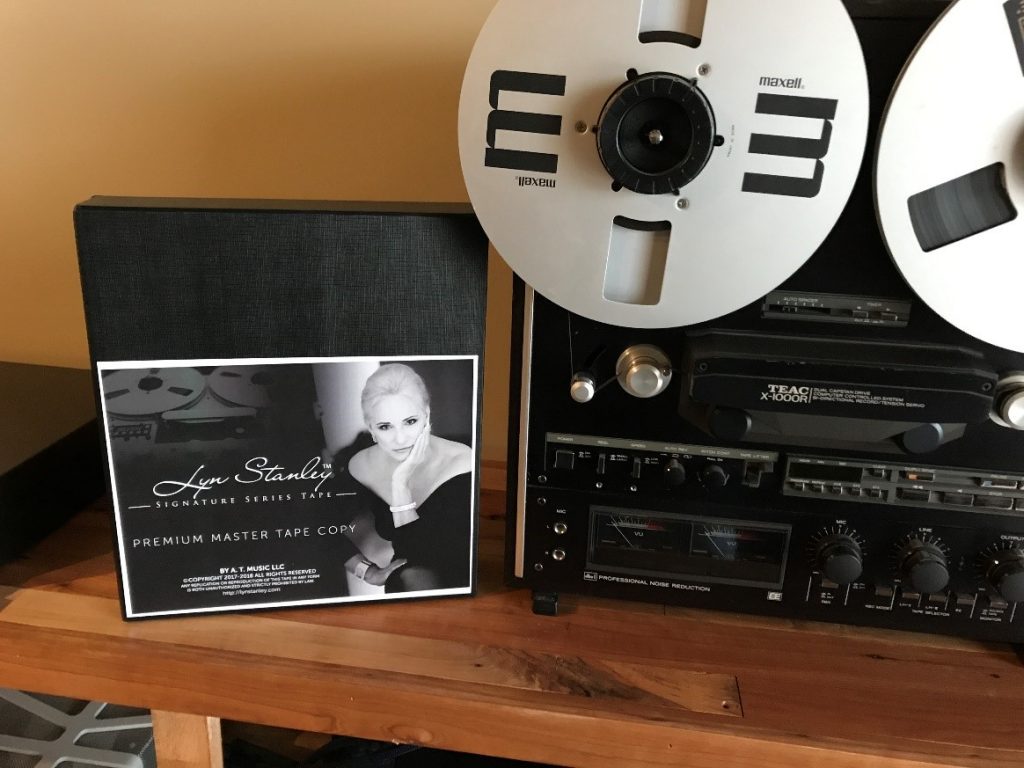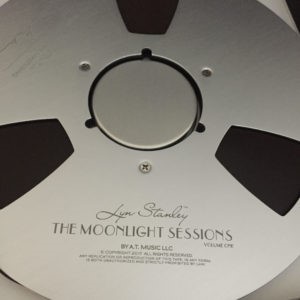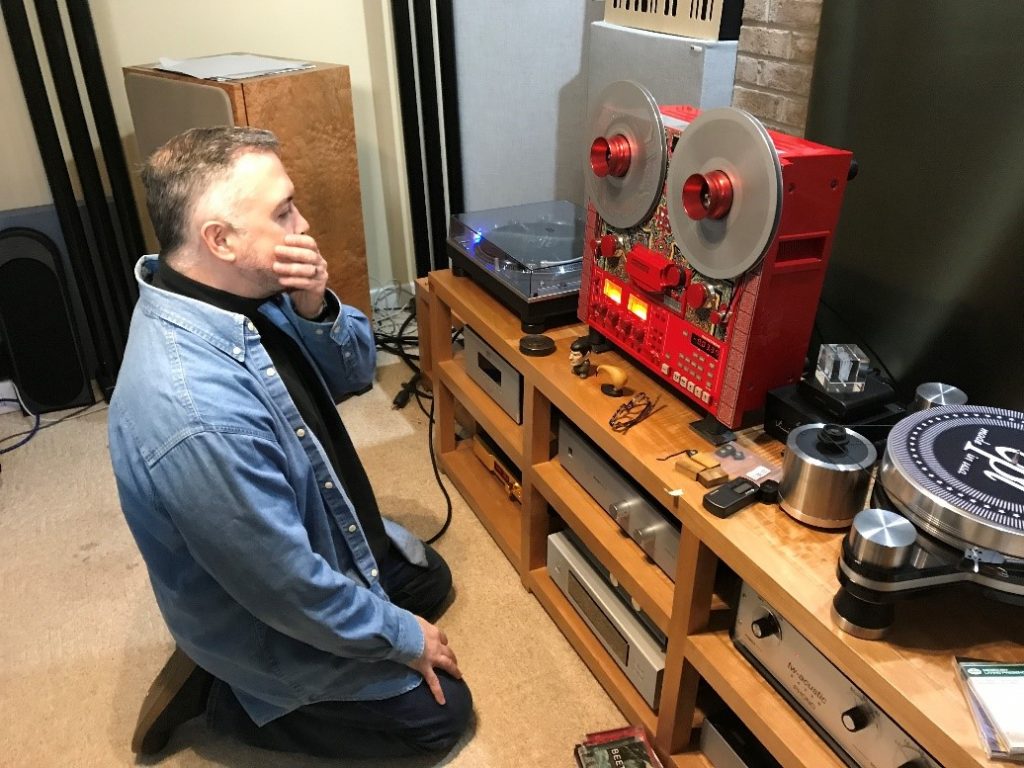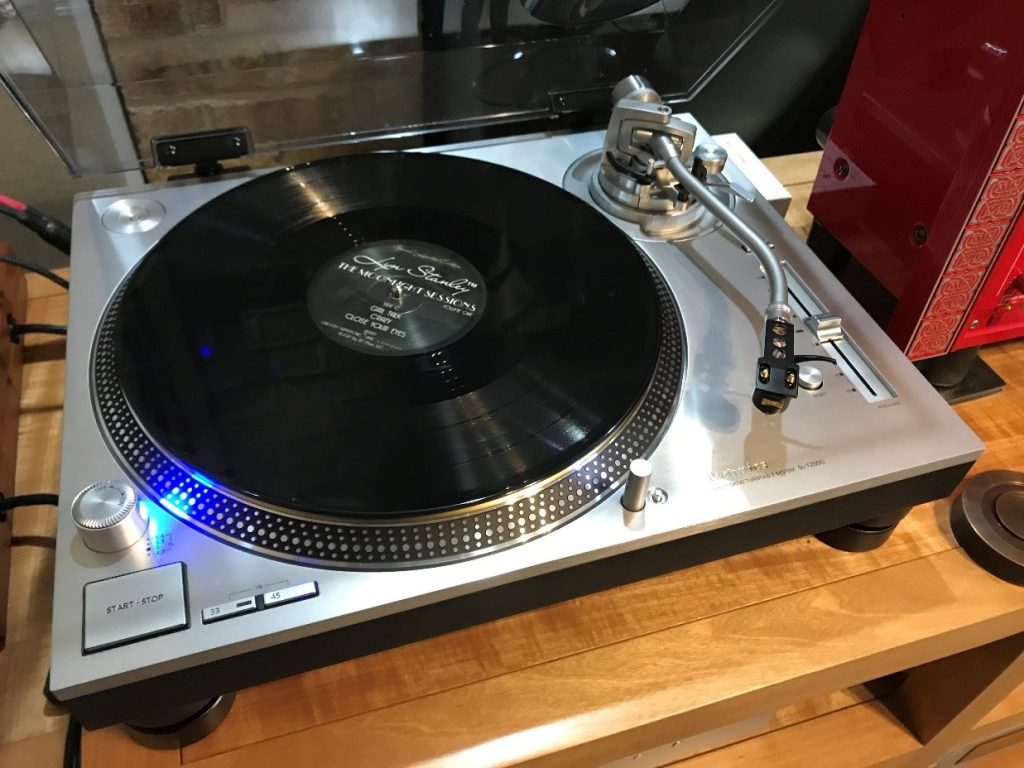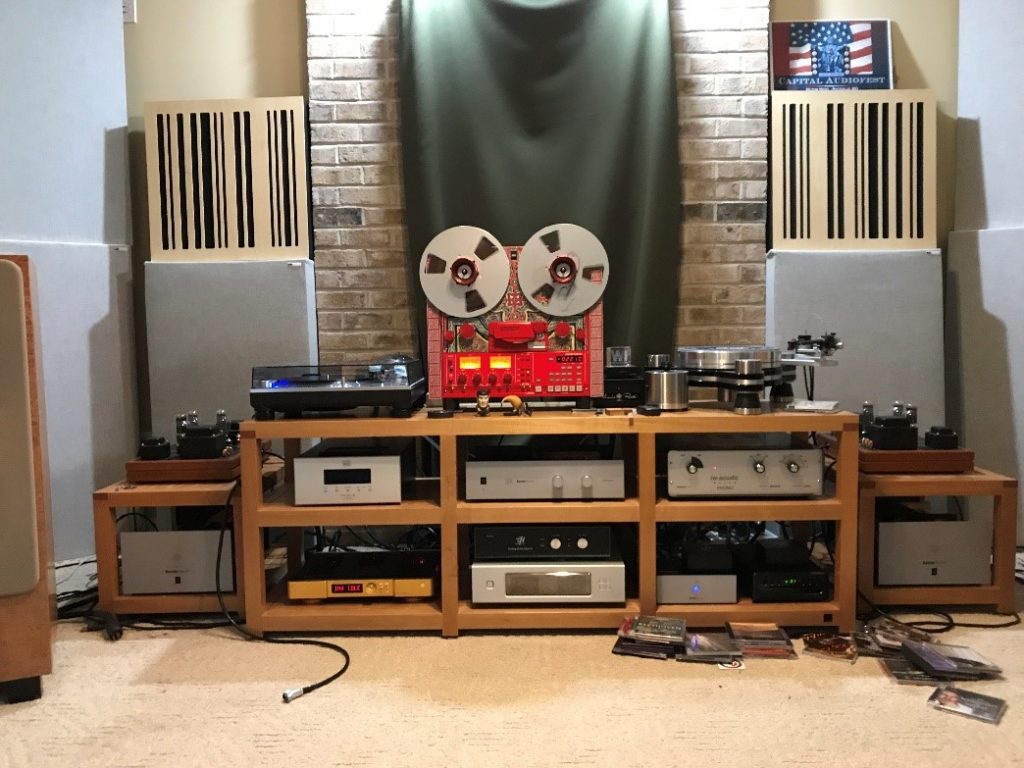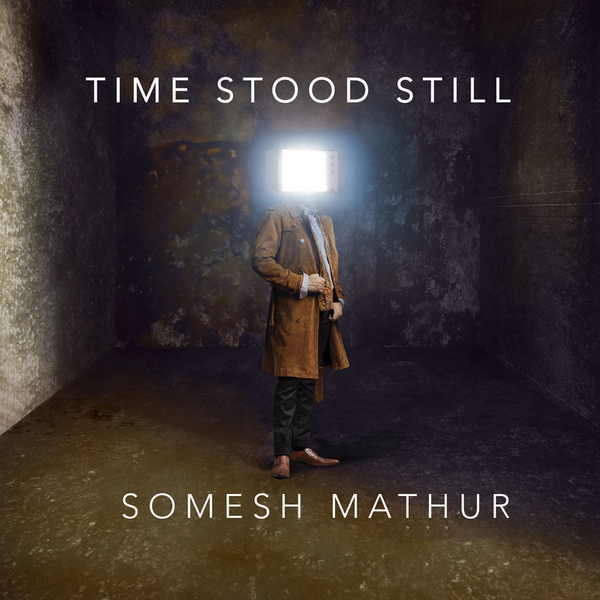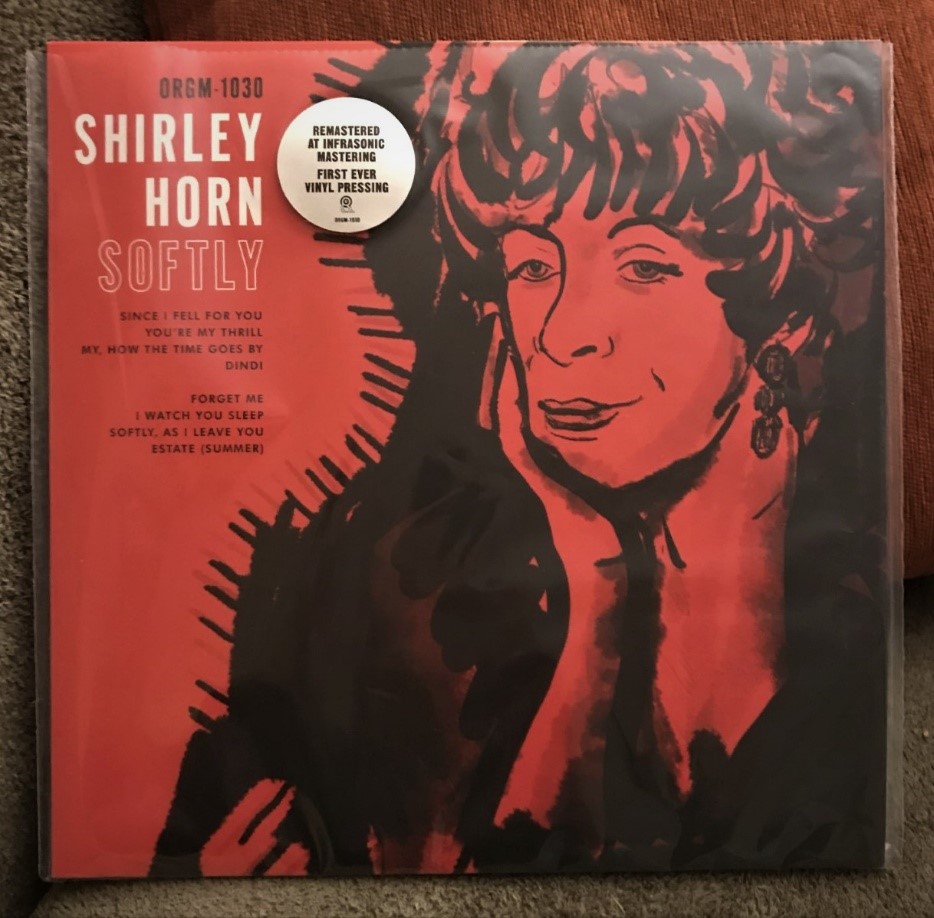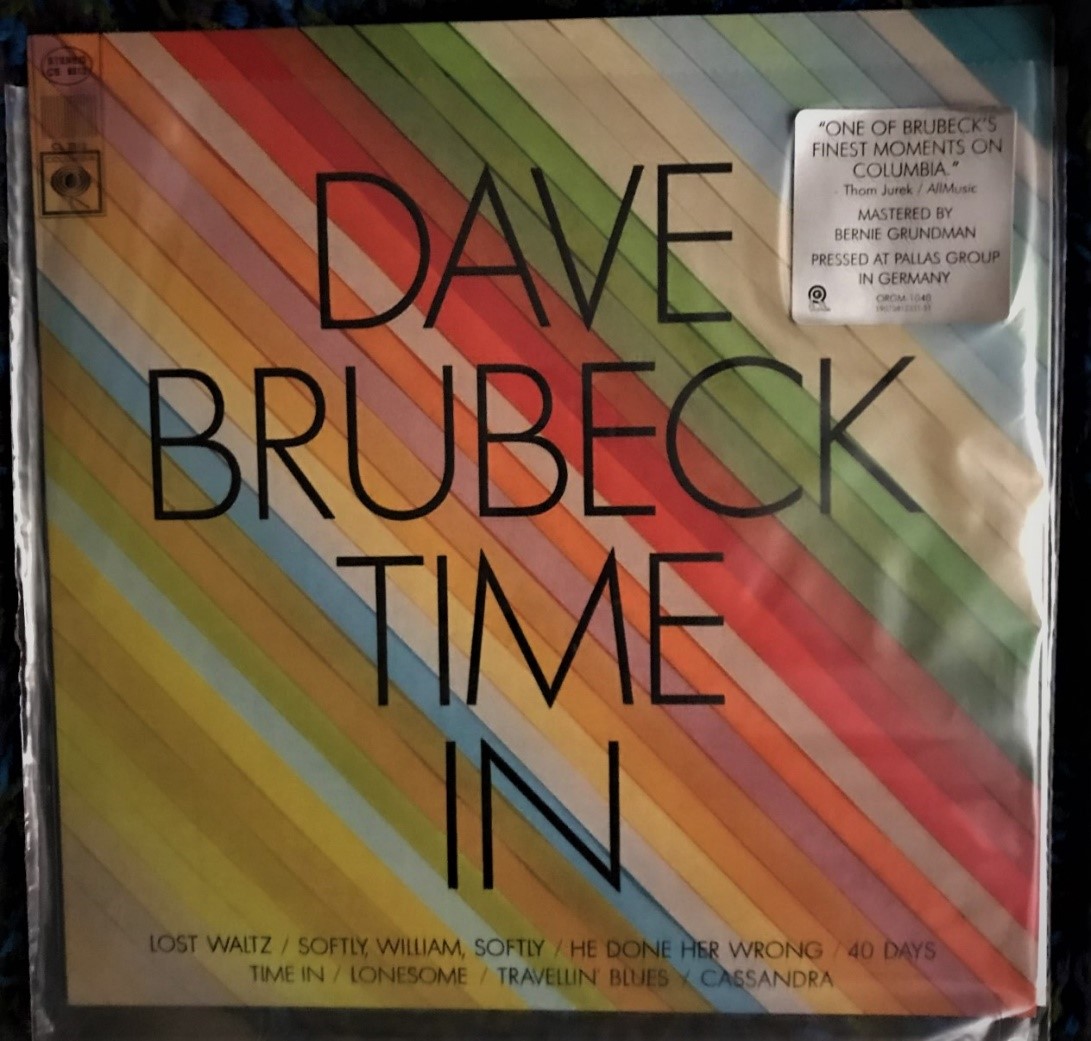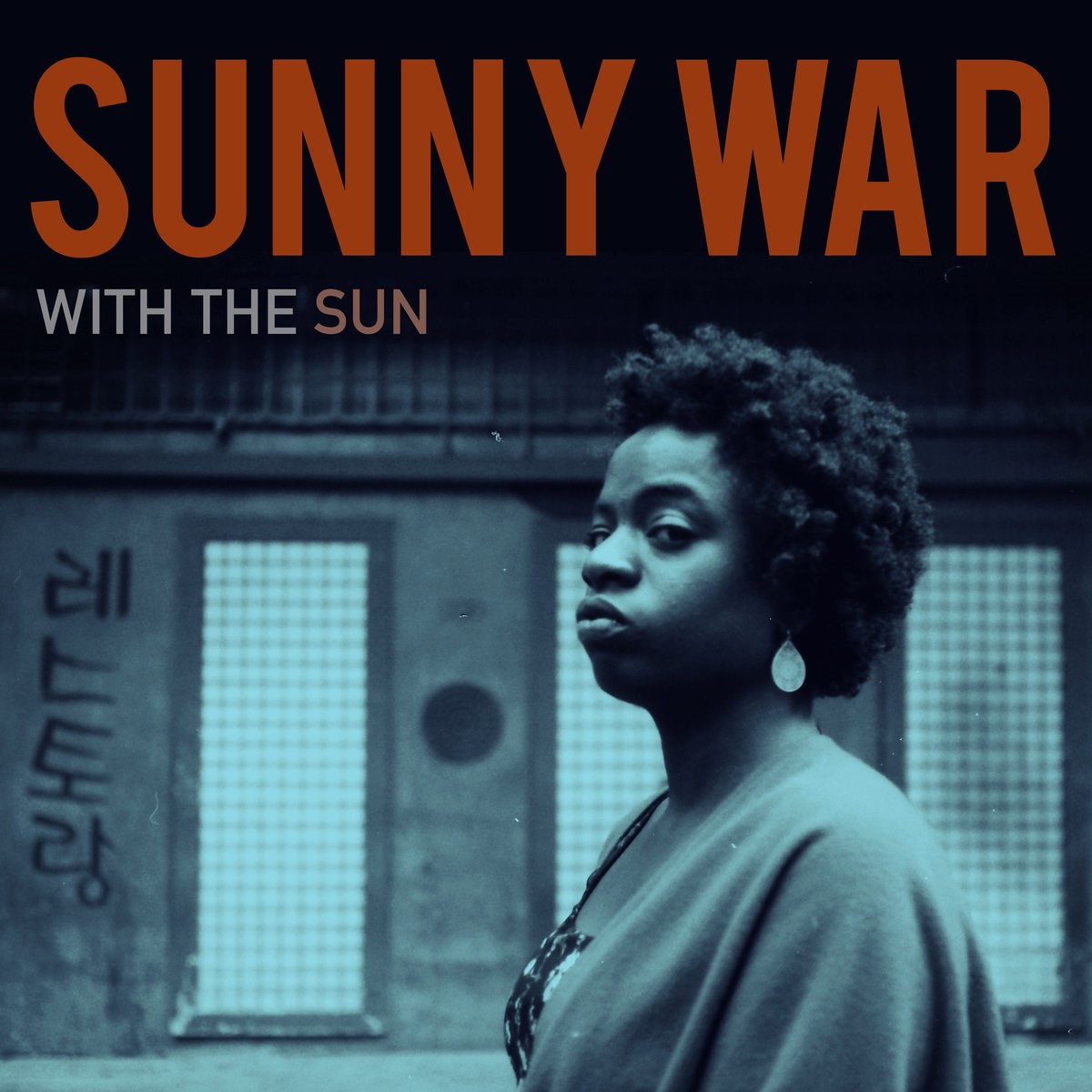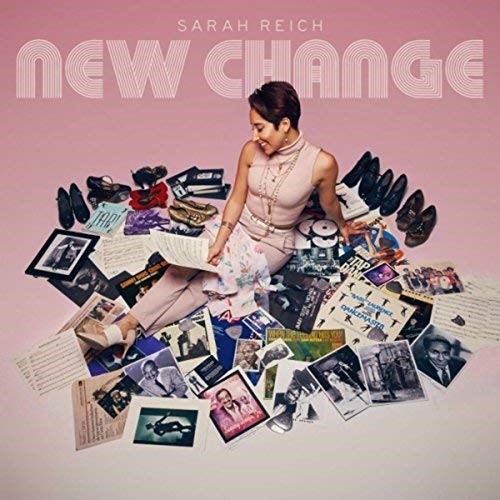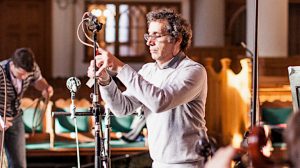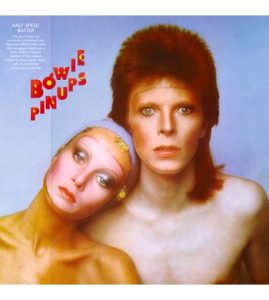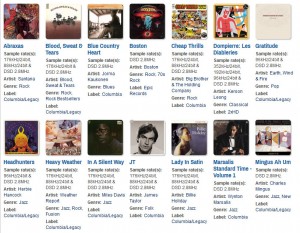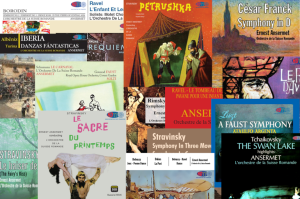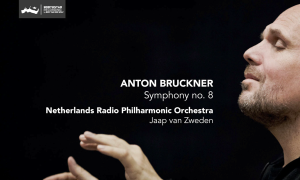I'll start off by describing my experience with reel-to-reel, which spans several decades.
In 1979, I acquired a Pioneer RTR deck from my brother-in-law—he had no idea how to use it, and I believe we just traded some stuff back and forth. It worked almost flawlessly, although one of the channels had a habit of cutting out completely. At seventeen I didn't really have the mechanical know-how to troubleshoot the issue, but I did discover how to create tape effects and spent the next few weeks composing variations on a theme from Pink Floyd's "On the Run." In 1981 I traded the Pioneer and my Concept 5.5 receiver—a supremely underrated piece of gear back then—for separates from SAE.
In 2006 I was working for another audio magazine and the publisher got a hold of two TEAC decks that were completely refurbished by an RTR tech in Los Angeles. I think the idea was to explore the RTR comeback, which was in its infancy at the time. That TEAC sat on my equipment rack for a good year before I gave it back—I couldn't find any decent tape at the time to play around with it. I was 0-for-2 when it came to exploring the potential of this now treasured format.
A couple of years ago, right after I moved to Syracuse, I met another technician who had refurbished several TEAC decks, and he gave me one to see if I could sell it and take advantage of the RTR comeback, which by then had considerable momentum. I did play with the deck several times using a tape filled with music he recorded, and everything worked flawlessly. The material, however, had mediocre sound quality and all I could think about was splurging on one of those one-off-the-master recordings from The Tape Project, IPI, Mobile Fidelity and Analogue Productions, but man they cost a pretty penny. The TEAC has sat and collected dust ever since, and I can't find the tech's business card so he can come and pick it up.
That's it. That's my RTR story.
Enter Lyn Stanley. I received a CD/SACD of her The Moonlight Sessions, Vol. 1 to review for my blog. In that very positive review I said:
"Of course it was available on LP, and everyone said the sound quality was gobsmacking. Then Stanley had upped the ante by making her album available on reel-to-reel, taken right off the master. In the land of audiophilia, that means Stanley is serious. The real thing. Respect."
I ended the review with "I'll be more than happy to bring this to all future trade shows. Unless, of course, I get a hold of one of those LPs." Her publicist was listening, apparently, because he sent me The Moonlight Sessions, Vol. 2 on vinyl. Not just any vinyl, mind you, but the limited, one-step, double-disc 45 RPM 180-gram pressing using her trademarked SuperSonicVinyl (SSV) pressing method which retails for $125. I reviewed it for Positive Feedback (see HERE) and, quite honestly, I fell in love with this awesome recording. I ended the review with this:
"I could go the extra mile and listen to The Moonlight Sessions Vol. 2 on reel-to-reel, but that's selling for $700. My TEAC X-1000R laughs and says, "Man, you paid less for me!" But I have a feeling that I could run an exhibit room at a high-end audio show with just this one album and I'd have packed rooms all weekend. The sound quality is that good, the performances are that intriguing."
This time, Lyn was listening. She enjoyed my review of Vol. 2 and asked me if I'd like to have a listen to the RTR version of her Signature Series Tape, the "Premium Master Tape Copy." I spied that lonely TEAC X-1000R out of the corner of me eye and thought, you lucky dog you. I'm finally going to give you the software you deserve. I told her yes, and within a few days I had it in my hot little hands. I even blogged about it. Within minutes I received a message on Facebook from Jeff Joseph of Joseph Audio:
"Your machine was set up for NAB originally. Her tapes are IEC unless special ordered for NAB. IEC will playback as too bright on NAB."
Oh dagnabbit, I thought. Why can't this stuff be easier? Even with my considerable(!) RTR experience I had no idea there were different types of equalization for these decks. At the same time, Lyn was already asking me how long I needed the tape—it was her personal copy and she needed to send it on to the next reviewer. What to do, what to do…
Then I remembered that Scot Hull, publisher of Part-Time Audiophile and all-around accommodating fellow, had a wonderful and colorful RTR deck in his home system, and I was overdue for a visit since I had to pick up a pair of speakers from him that I had dropped off a year prior. (I'm such a responsible high-end audio distributor, I know.) I emailed Scot and told him that Rochester had finally thawed out after a tough winter and that I needed to drive back down to Maryland and pick those big speakers up. (Side note: I'm currently undergoing physical therapy for a shoulder injury, and I wasn't looking forward to this chore.) I asked him if I could listen to Lyn's tape on his system while I was there, and of course he said "Sure!"
Nice, I thought. I don't even have to thread the tape through all those thingies! I'll make Scot do all the work! And he did.
Fortunately, Scot had a wonderful system for the audition—Volti Audio Rival loudspeakers, amplification from Border Patrol, a couple of turntables (one from VPI, and the other the wonderful new Technics SL-1200G—yeah, I said it, it's wonderful) and of course his exquisite-looking RTR machine, a Tascam refurbished from United Home Audio. He also had a copy of The Moonlight Sessions, Vol. 2 on SSV LP so that I could compare the sound between the two formats. We listened on the Technics deck, and the sound was even better than I had experienced on my system. The Voltis have a big, relaxed and effortless sound that really fill the room with energy. I fell in love with the recording all over again.
Then Scot set-up the RTR version. From the first few seconds, I noticed a huge difference. I use that adjective specifically because that's what I felt first—the RTR format made Lyn's tape sound much bigger and deeper, as if she was sitting no more than four or five feet in front of me. I was complete immersed in the sound. I was sitting on the edge of the stage, picking out the precise location of every musician, every sound, every little detail in the recording. At the same time, the overall sound was so easy to absorb, so open and transparent. I knew that I had stumbled onto something great, something I haven't heard from hi-rez digital, MQA, even my beloved LP format.
I know, every audiophile who has an RTR deck is saying "Duh!" as they read this. But this was important to me, the so-called Vinyl Anachronist, someone who has spent the last twenty years saying that nothing sounds better than vinyl.
After listening, Scot and I had a discussion about the cost of getting into this format—especially when a release like this (even a two-reel set) is $550. Most audiophiles balk when I tell them about $450 price tags or even more. It becomes a "rich/crazy man's game." But think about this – how much do collectors spend on very rare albums? I know audiophiles who have paid five figures for sealed Casino Royale soundtracks, or Two Virgins, or the Butcher Baby cover, or a hundred other rarities. They won't sound as good as this. They'll probably sound pretty crappy in comparison.
Many of these pricey RTR releases are one-offs from the master tape, and that's worth a lot of money right there. Master tapes are priceless, usually guarded like gold ingots in Fort Knox, and it's extremely rare to see one, much less hear one. I was once lucky enough to visit RTI and listen to Steve Hoffman and Kevin Gray remaster James Taylor's Sweet Baby James. They used the original master tapes with Taylor's notes written all over the box, and we listened to the entire thing on RTI's custom sound system. I've never heard a recording sound better than that. In fact, I know audiophiles would gladly hand out $550 just to experience that once. But listening to Lyn's tape on Scot's system reminded me of that day back in 2006. Too many years have passed and I can't offer any A/B comparisons, but I felt the same sense of excitement, of unlimited dynamics, of real musical performances in the flesh.
Scot also gave me a few tips on other RTR recordings that don't cost nearly as much, but they are often more than one generation off the master. Still, they sound incredible. But if I actually decide to take the RTR plunge and buy that TEAC deck and invest in some of these RTR releases, Lyn Stanley's Signature Series Tape will be the first one I buy. In NAB, of course.
You can find out more information about Lyn's Premium Master Tapes at https://lynstanley.com/music/.
All photographs by Marc Phillips.




